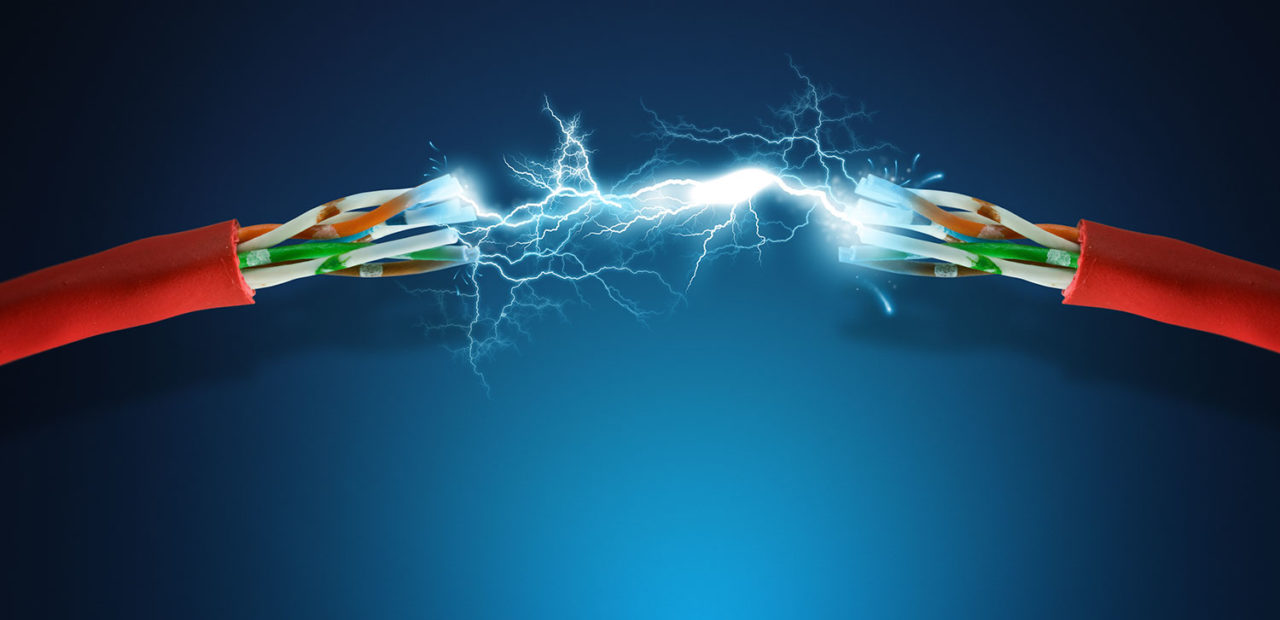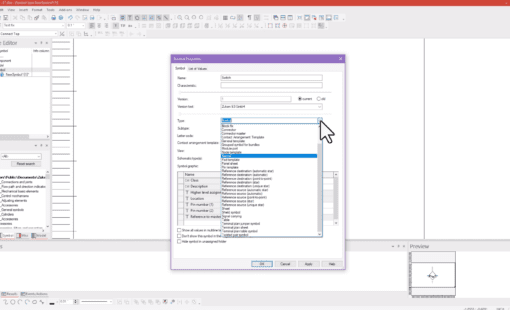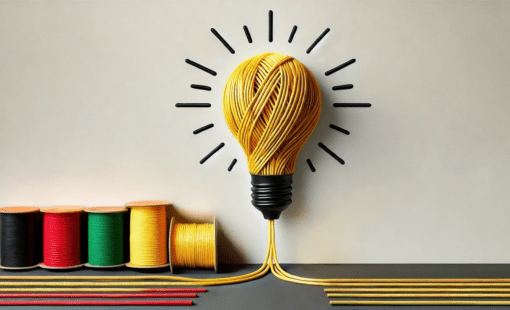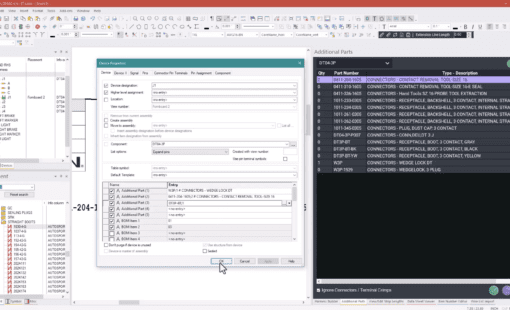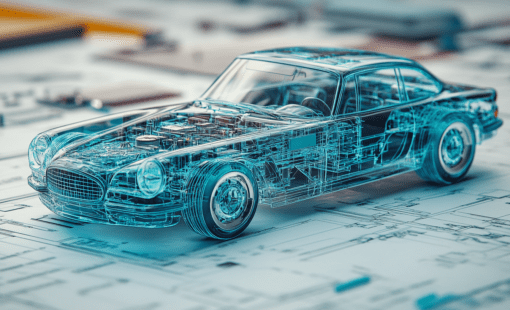There are numerous challenges faced by harness design and manufacturing teams across industries. In some, weight is the biggest challenge and in others, signal reliability is of utmost importance. The discussion today is less about the use of a harness and more about the information essential to ensuring your design and manufacturing processes are running efficiently. The best practices that help with major reduction of cost and time associated with harness manufacturing are applicable right from the early design stages and continue to be gainful throughout the process.
The recent webinar on this topic was a great success with many questions and lively participation from the audience. This post will review the outline of the topics covered in the webinar and the questions that came from the audience. If you haven’t watched the webinar…an on-demand version is available. Watch Now
If you liked the webinar, you will love the Harness Builder Test Drive – No installations, no set-up; just a simple guided tour and all from the comfort of your computer! NOTE: Text drives are only available in North America.
The intent here is not to discuss the basic building blocks, but rather the essential information needed to increase the efficiency of the manufacturing process. It all starts with the right information from the design stage and the drive to build on that great start with the help of a dedicated team and tools that empower them to get more done in less time.
One important point to remember is that given enough time anyone can document anything.
The relentless push is towards getting the most accurate and effective documentation of a design in the least amount of time.

 There are teams out there trying to work their way towards having all the essential information as part of their design and manufacturing process. Unfortunately, most run into the common pitfalls discussed in the webinar.
There are teams out there trying to work their way towards having all the essential information as part of their design and manufacturing process. Unfortunately, most run into the common pitfalls discussed in the webinar.
It is not a doomsday scenario by any stretch and sometimes discussing a problem tends to make it sound like the end is near. There are lots of solutions out there to address some of the issues discussed here and you can use a combination of tools and processes to achieve your goals.
Zuken’s E3.series and its Harness Builder for E3.series extension used to present the roadmap to success is the leading cable and harness design solution across industries. The single biggest reason for the success of E3.series is the principle that every single piece of data should be consistent across the project –
Schematics, drawings, reports, BOM and other documents are just different views of common project data.

Process and Tools
A good solution for accelerating the design to manufacturing process takes care of the points discussed earlier as essential parts of the harness design process. The details of these points are important and are key to taking the next step in evolving design and manufacturing efficiency.

The basic idea is to enhance the design process with intelligent options such as:
-
 Automatically managing mating connectors
Automatically managing mating connectors - Automatically selecting connector inserts based on the connected wire sizes
- Driving the formboard/nailboard creations based on the schematic or vice-versa
- Creating the B.O.M. based on the design
- Creating manufacturing documentation from design data
- Connecting to harness test machines and other machines like label printers
- Creating configurable designs with options to drive all data based on the selection of these options
- and so much more!
Q&A and survey results
It is always interesting to see the questions and problems that teams from all different areas come across in their endeavours to achieve the perfect design. Let’s continue the discuss with the top 10 questions not covered in the live webinar Q&A, along with their answers:
“How easy it is to insert a bulkhead connector in between, is there a way to see [where] the signal is landing?”
Answer – Very easy, just drag a drop! The wires are broken and reattached to accommodate the addition of inline or bulkhead connectors. The connectors can be set up to block or pass the flow of signal to help you manage ‘signal islanding’ to suit your current or required process.
“Can we add radius instead of sharp corners in formboard?”
Answer – Yes, the example in the webinar did not cover that common feature. The angles can be managed as per the requirements of the route.
“For very complex harnesses, how can a harness be drawn and detailed across multiple sheets?”
Answer – A harness can be designed on multiple sheets with the use of Shared Sheets in E3.series. The creation of a shared space with different drawing sheets representing different areas of that shared space is a native feature with formboard drawings and panel drawings. The main area can be scaled up or down i.e., 1:1 … 1:100, while the scale of the shared sections can be managed individually to ensure readability.
“Can this information be sent out to an XML file for routing in CAD?”
Answer – Yes, E3.series 3D Routing Bridge facilitates the export (and import) of interconnect data in formats that are directly compatible with major MCAD software platforms. This is an effective way of working with MCAD without losing control of the electrical information.
“Can we import wires and connection information from an excel sheet?”
Answer – Yes, Harness Builder for E3.series provides an easy way to import connectivity information in a simple excel sheet. The connections between connectors, wires and splices can be documented and imported to drive design and reduce rework.
“Can we customize the reports and outputs?”
Answer – Yes, E3.series has a Windows-based open API that can be used to create and edit reports. The reports in Harness Builder for E3.series have quite a few fields for customizing the output as well. It is amazing to see the almost limitless customizations the users have created and everyone is encouraged to push the boundaries.
“How are the connectors added to the library? What is involved in the process?”
Answer –Harness Builder for E3.series comes with a robust library including around 15k parts. The parts are extensively detailed to make it easy to get started with design. The library is completely open for the users to add their own parts. There are features like Excel import to make it easy to bulk import metadata for the connectors. A user can add as much detail as they want for example: mating connectors, applicable pin terminals, size of compatible wires, coverings, assembly tools etc.
“We don’t create nailboard drawings, is there an advantage to it?”
Answer – Nailboard drawings have many advantages on the production floor: Improved consistency when creating the same harness more than once. Ensures details like sizing, the angle of separation and covering details etc. are thought about and documented in the design process and not on the production floor. The nailboard assists in reducing production time; the assembler does not need to measure each wire twice since the nailboard acts as the guide.
“What does the software use for coverings – single wire gauge or the entire wire OD?”
Answer – The wire outer diameter and the wire gauge are properties of the wire in the library/database in E3.series. The outer diameter is utilized to determine the overall diameter of a segment automatically. The overall segment diameter is used to select the coverings. The algorithm takes into account space between wires of different gauges as well in addition to the outer diameter.
“I would like to make a simple harness using this tool. How do I get a copy?”
Answer – A Test Drive for Harness Builder for E3.series is available on the Zuken website. It is a guided tour of the key areas of the solution and typically requires less than three hours to complete.

- Products

- Products
E3.series is a Windows-based, scalable, easy-to-learn system for the design of wiring and control systems, hydraulics and pneumatics. The out-of-the-box solution includes schematic (for circuit and fluid diagrams), cable (for advanced electrical and fluid design), panel (for cabinet and panel layout), and formboard (for 1:1 wiring harness manufacturing drawings). Integrated with MCAD, E3.series is a complete design engineering solution from concept through physical realization and manufacturing output.
